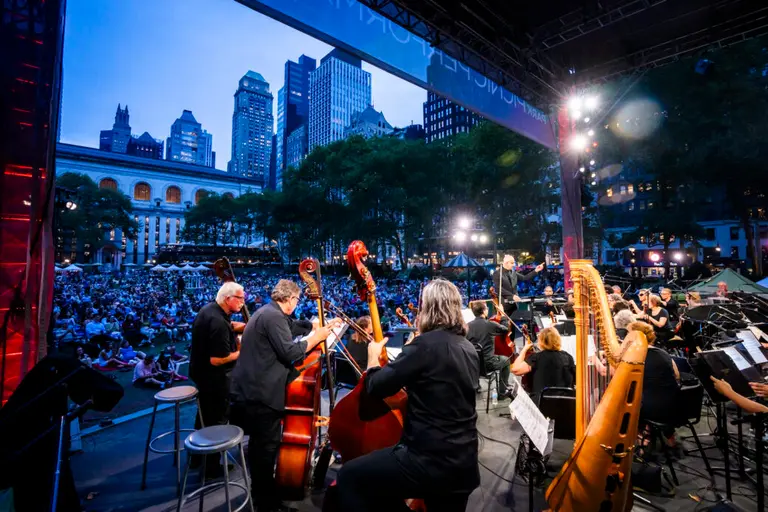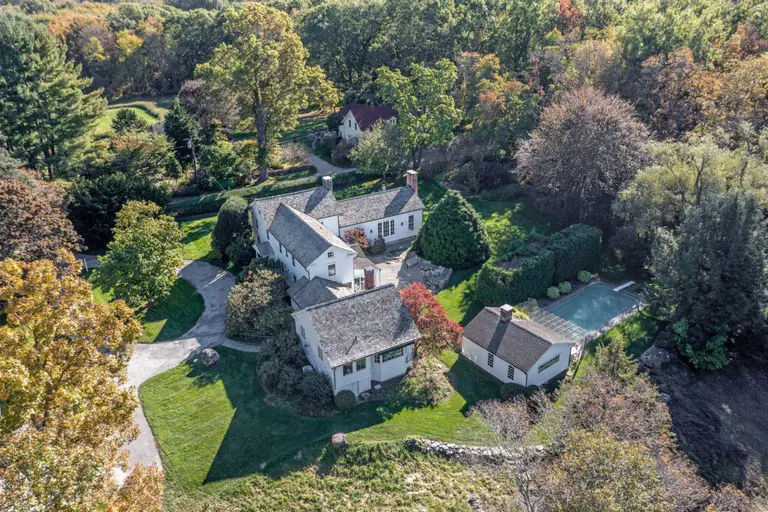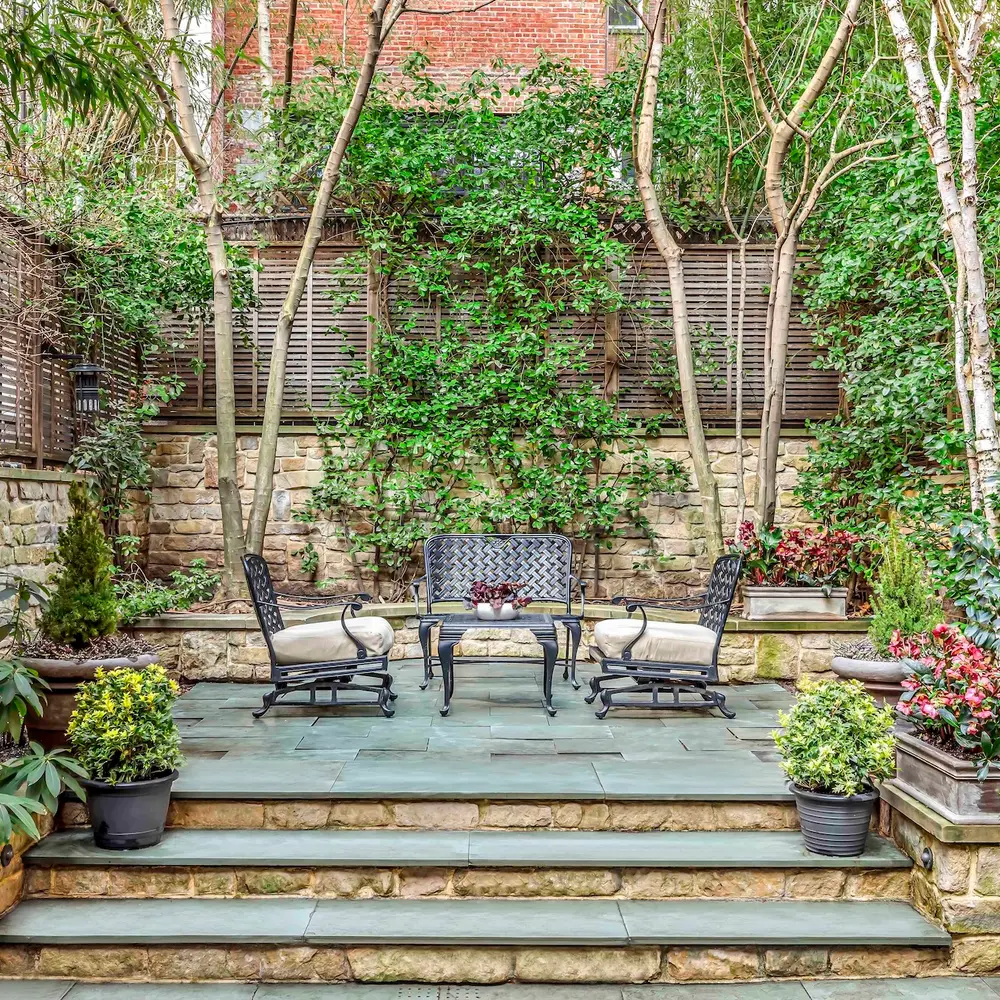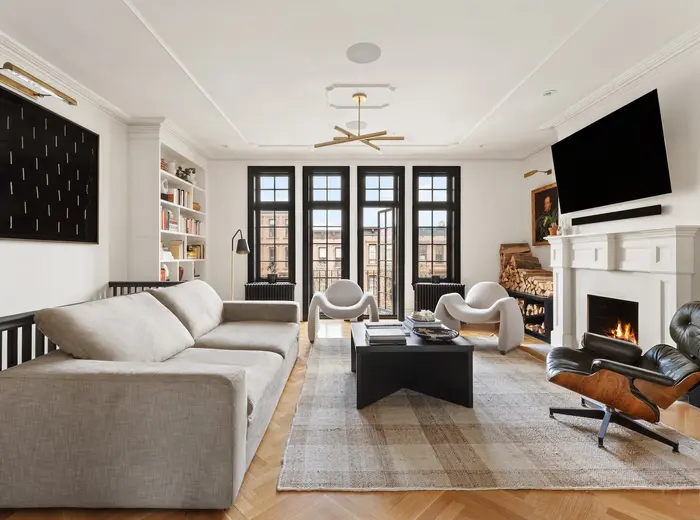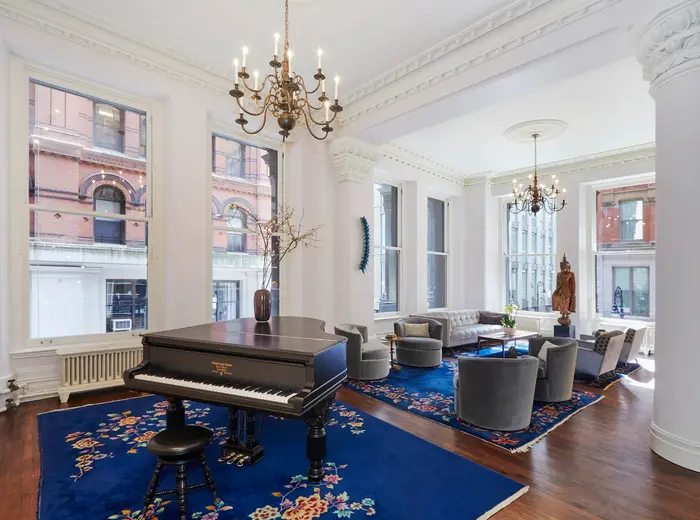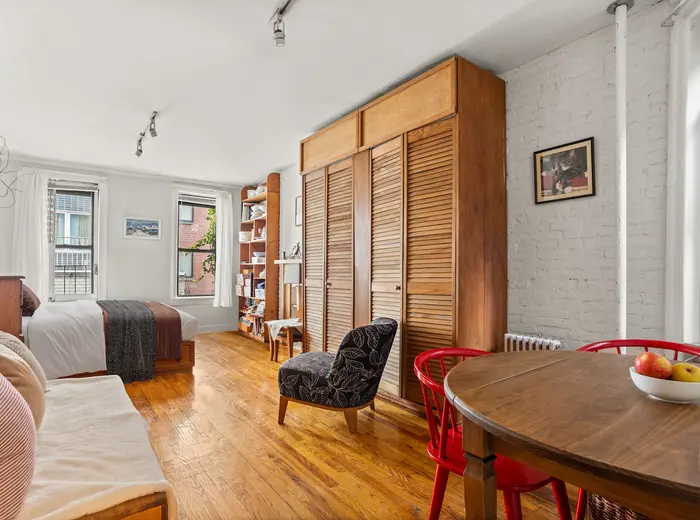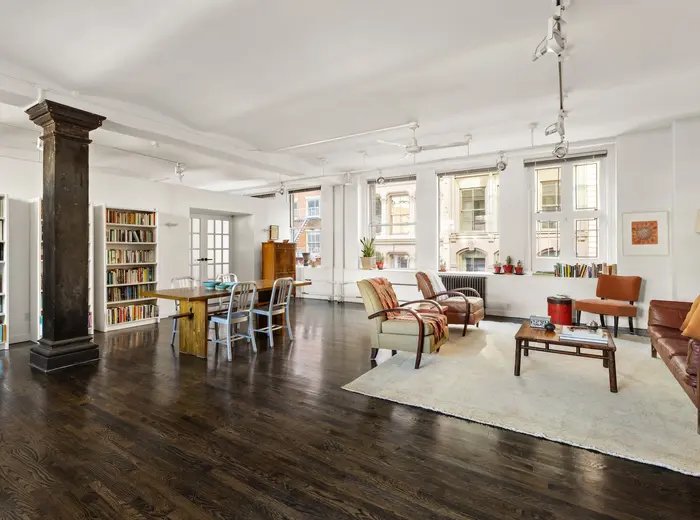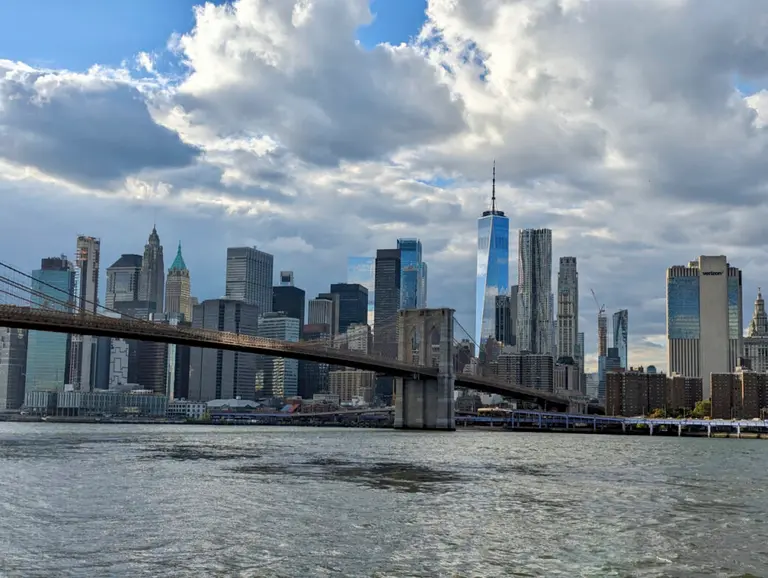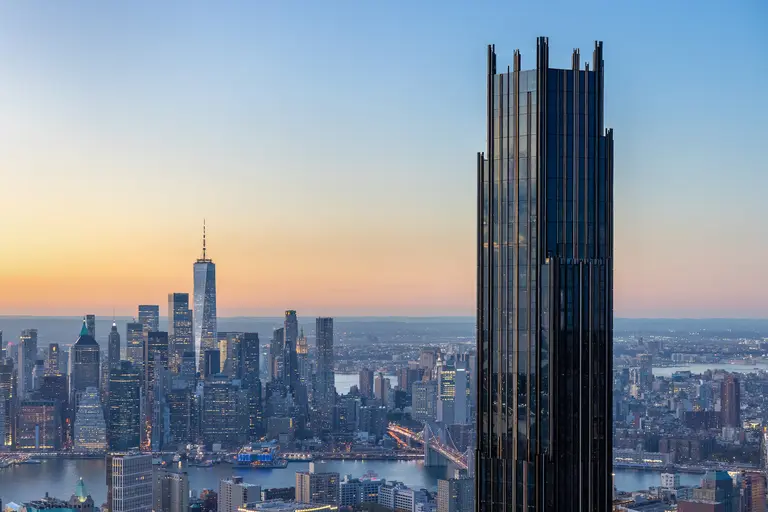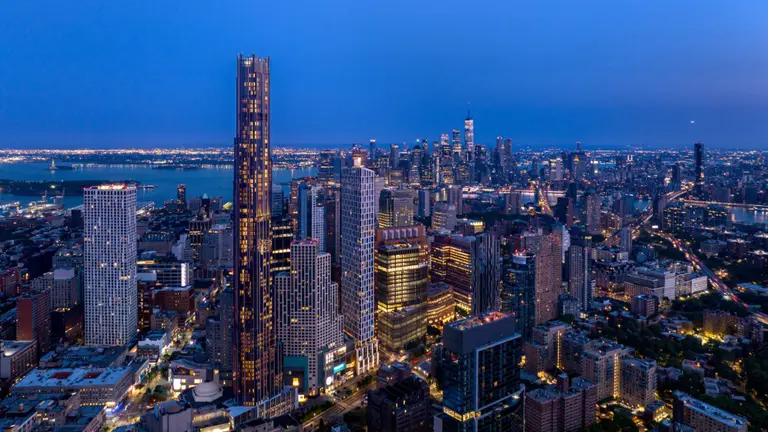High-income renters on the rise in the Bronx and Queens

In November, 6sqft shared an analysis from RentCafe that showed the number of high-income renters in NYC has tripled over the last decade, with the number of renter households earning more than $150,000 annually increasing by 217 percent between 2005 and 2015, from 551,000 to 1.75 million. Now, DNAinfo has asked the site to break the data down further by neighborhood, and what it tells us is that Eastchester and Baychester in the Bronx and East Elmhurst and Jackson Heights in Queens saw the largest increase in wealthy renters.
To arrive at their findings, RentCafe used 2015 Census data broken down by zip code. As DNAinfo explains, “Housing is generally considered affordable if you’re paying no more than 30 percent of your income on rent. So a household earning $150,000 would be able to afford $3,750 a month in rent.” In the Bronx neighborhoods, which include Co-op City, there was a 230 percent increase in high-income renters, jumping from 150 households in 2011 to almost 500 in 2015. In the Queens sections, the number of these households rose 200 percent, from 130 to 400.
Other areas that saw huge upticks are perhaps less surprising. Hudson Yards, for example, had a 196 percent increase in households earning more than $150,000. The Long Island City waterfront, parts of Bushwick, Williamsburg, and Bed-Stuy, and several South Bronx neighborhoods also had significant increases.
The report also concludes that one-fifth of Manhattan renters make more than $150,000 a year, exceeding the number of high-income homeowners. Over the past 10 years, the number of wealthy Manhattan renters increased by 86 percent, but for homeowners it was only 18 percent. To put this in perspective, Manhattan has more affluent renters than San Francisco, Los Angeles, Chicago, Houston, San Jose, and San Diego combined.

So why are those who can afford to buy still choosing to rent? 6sqft previously looked at the trend as it pertains to millennials in Manhattan and found that it often has to do with “mobile jobs and lifestyles” that make committing to one home or city a challenge. Plus, rental buildings are offering more and more amenities and concessions that make the choice more appealing to a tech-, fitness, and convenience-focused generation. To this end, the Association of Neighborhood and Housing Development’s Emily Goldstein explained to DNAinfo how this shift can accelerate gentrification. “It changes the incentives, the levels of pressure and the point at which different landlords are inclined to make an effort to get tenants out.”
[Via DNAinfo]
RELATED:

